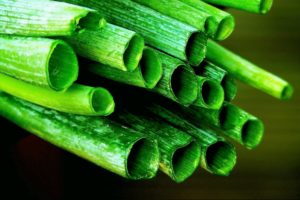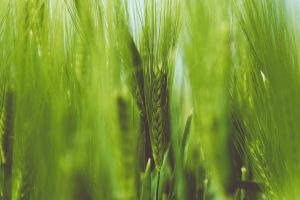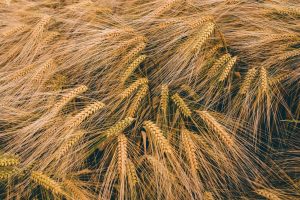
Maria Petersson
Dextrin – sugar reduction in practice
Dextrin is a stable ingredient that is great at keeping shape and texture as well as withstanding great stress. It is neutral in taste and easy on the stomach. But to fully blossom, dextrin needs friends.
Read the full article »Isomaltooligosaccharides (IMO)- sugar reduction in practice
IMO or isomaltooligosaccharides which is the full name of this dietary fibre come with excellent bulk properties, a pleasant taste and some sweetness. This article is about IMO – sugar reduction in practice.
Read the full article »Inulin – sugar reduction in practice
Inulin – can it be an alternative to sugar? Inulin is low in calories and fits in a variety of foods. But hold on. Please read this article before you start replacing sugar with inulin straight off. There is a lot to think about!
Read the full article »Polydextrose – from seed to Eureba
With an ability to provide the same volume and consistency as sugar – with 75 per cent fewer calories and almost no effect on blood sugar levels – polydextrose is like a miracle ingredient that makes the bun light and juicy. The tasteless dietary fibre has barely noticeable sweetness, but many other properties in common with sugar (and fat). Polydextrose is produced from the naturally occurring substances glucose, sorbitol and citric acid. In practice, production starts with wheat or other starch-rich crops. But how it is done? We will tell.
Read the full article »Sorbitol – from seeds to Eureba
Sorbitol is found naturally in fruits and berries, but is produced industrially from wheat, for example. Thus, one of the world’s most common crops becomes one of the world’s most common sweeteners. Read the article and find out how!
Read the full article »Maltitol – from seed to Eureba
En affordable, popular sugar alcohol with soft sweetness that performs well in chocolate, among other things. Maltitol is the most sucrose-like of all sugar alcohols, and also one of the most widely used in food production. But what about the aftertaste that so many sweeteners have? No problem with maltitol. So pick up some chocolate and read more about the sugar alcohol that comes from malted cereal.
Read the full article »Isomaltooligosaccharides (IMO) – from seed to Eureba
Isomaltooligosaccharides (IMO) are found naturally in many foods, but may also be added to some products as bulk and to give sweetness. IMO itself is a dietary fibre, but is sold as syrup or powder which also contains sugars and other energy-giving carbohydrates. Despite this, IMO may be of use in sugar reduction. Let’s learn more about IMO’s path from the cassava root to sweetened fibres.
Read the full article »Erythritol – from seed to Eureba
In nature we find the polyol erythritol in grapes, pears and melons, but also in fermented foods such as wine, cheese and beer. With 70 percent of the sweetness of sugar, but with no calories and no effect on blood sugar, erythritol is an interesting ingredient in sugar reduction. But as erythritol occurs in such small quantities in nature, it is manufactured – from wheat and yeasts.
Read the full article »Inulin – from seed to Eureba
Chicory is a popular plant among growers. The substance inulin makes the plant hardy when the climate is harshest. Inulin is used extensively as a dietary fibre in the food industry. The fibre mainly gives bulk, but can also contribute with some sweetness. Inulin works best with other ingredients – like Bayn Solutions’ sweetened fibres. Curious? Read on!
Read the full article »








